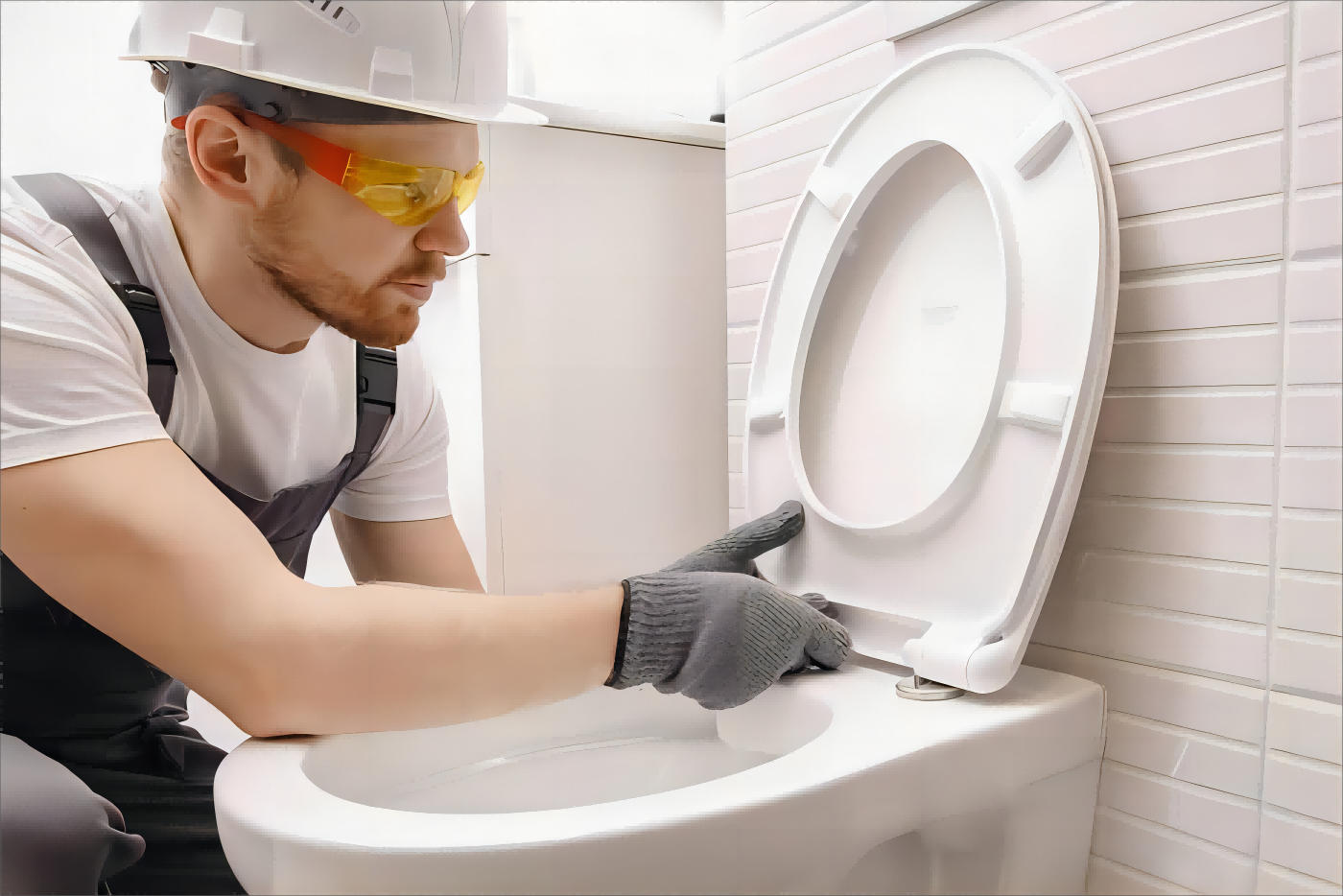European Toilet Drainage Pipe Size and Piping Standards
The standard diameter of a toilet drain pipe in Europe is usually 100mm or 110mm. This is because this size of pipe allows for the efficient handling and transfer of waste and reduces the likelihood of blockages.
The waste pipe is a key part of the connection between the toilet and the sewerage system and is an important facility used to discharge toilet waste.
Depending on the design of the toilet, the shape and size of the drain pipe may vary. There are two main types of toilet drain pipes: floor-mounted and wall-mounted.
Floor-mounted sewage pipes are the most common type and are suitable for most conventional toilets. Wall-mounted drain pipes, on the other hand, are suitable for wall-mounted toilets, which are designed so that the drain pipe is hidden within the wall for a more aesthetically pleasing appearance.
The main function of a waste pipe is to discharge waste from the toilet into the sewer system, so it must be designed and installed to ensure that waste can flow smoothly through it and prevent clogging and leaks. This requires the sewer line to have an adequate slope and diameter so that waste can flow smoothly.
When installing outfall pipes, it is important to note that the gradient of the pipes should not be too large or too small, with a gradient of 1/50 to 1/100 normally recommended. too large a gradient may result in the flow of water being too fast to carry away the wastes while too small a gradient may result in the flow of water being too slow and prone to blockage. Also, pipe connections must be well sealed to prevent leaks and odors from escaping.


